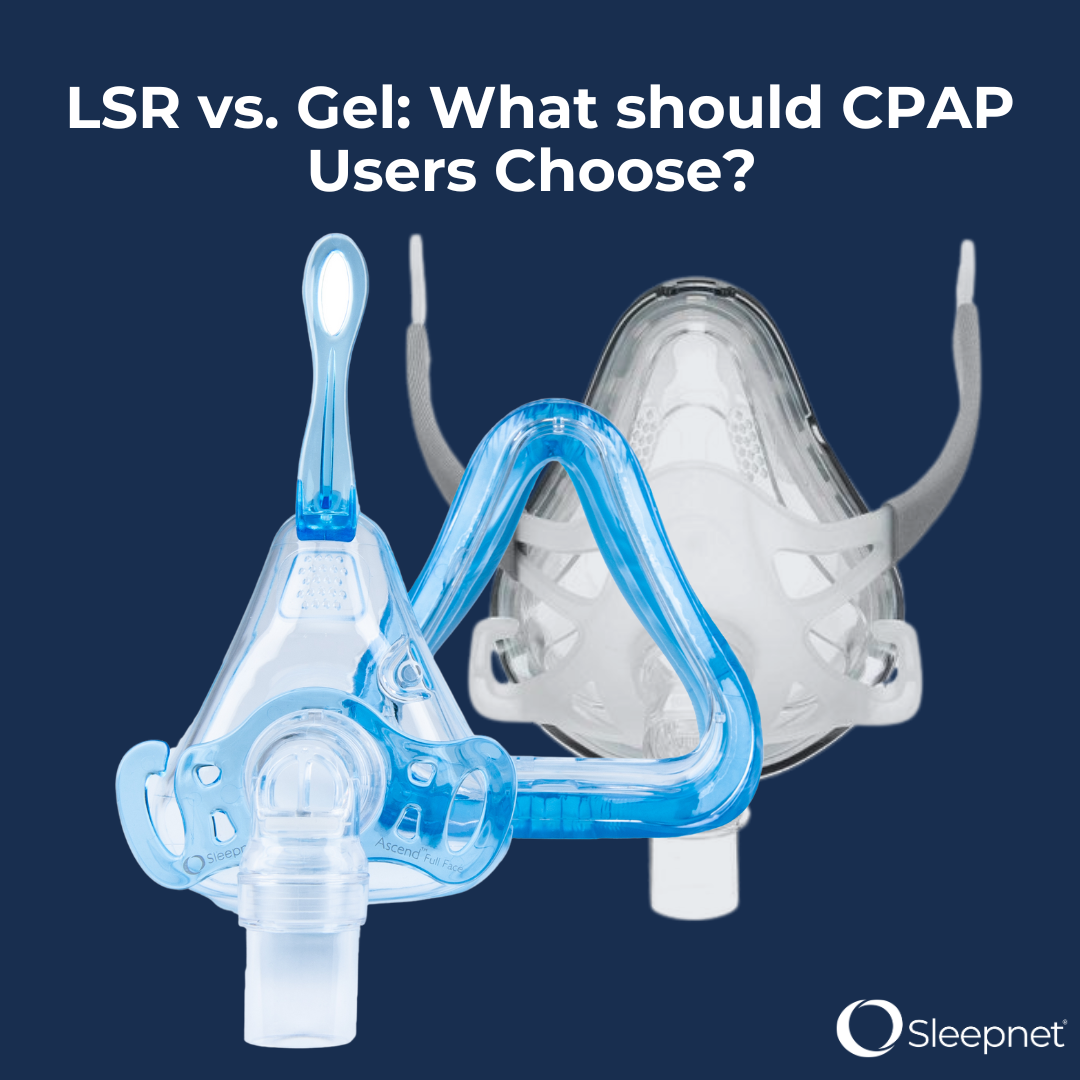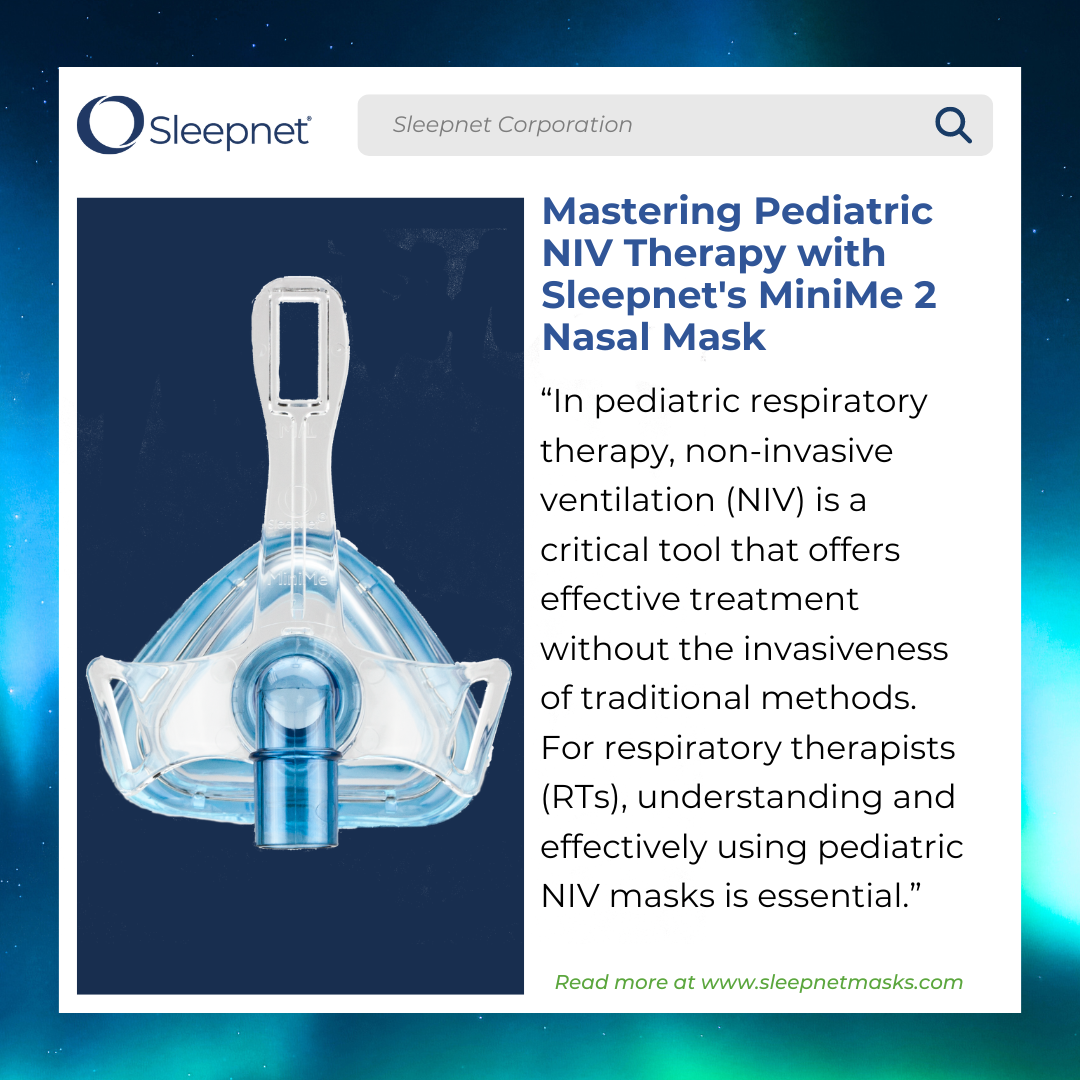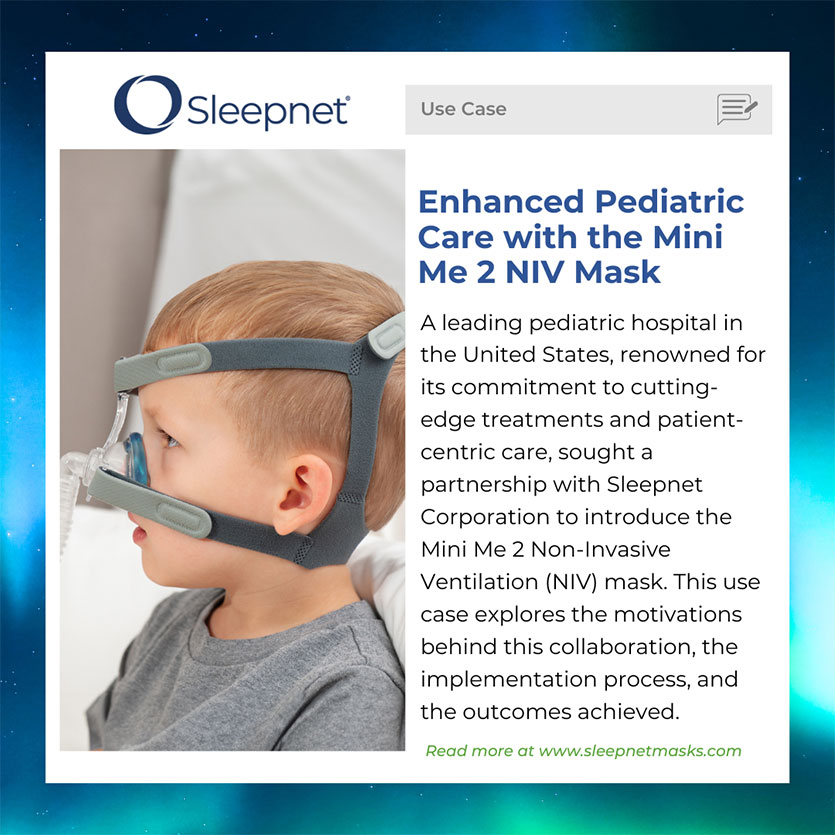LSR vs. Gel: What should CPAP Users Choose?
Choosing a Continuous Positive Airway Pressure (CPAP) mask can significantly impact the quality of your sleep and overall respiratory health. Two popular materials for mask seals are LSR and gel.
Understanding LSR Seals
Description: LSR masks, made from liquid silicone rubber, rely on pressure to create a seal against the face. This method is widely used and can be effective, but it comes with certain limitations.
Key Features:
- Pressure-Dependent Seal: LSR seals require constant pressure to maintain a secure fit, which can lead to issues if the pressure varies.
- Potential for Movement: LSR seals may shift, causing the mask to move and potentially leading to discomfort and leaks.
- Risk of Skin Irritation: The reliance on pressure can cause rubbing and movement, which may irritate the skin, especially around the nasal bridge. This speeds up the process of skin breakdown; causing ulcers.
Benefits of LSR Masks:
- LSR is a robust material that can withstand regular wear and tear. This makes LSR masks a long-lasting option, maintaining their shape and effectiveness over time.
- LSR is hypoallergenic and gentle on the skin, reducing the risk of irritation or allergic reactions. This is particularly beneficial for users with sensitive skin.
Understanding Gel Seals
Description: Gel technology offers a unique solution to the challenges presented by LSR masks. This technology does not rely on pressure to create a seal, providing a more stable and comfortable fit. The material within the mask is made up of a medical grade silicone gel.
Key Features:
- Pressure-Responsive Seal: The mask’s design minimizes the need for constant pressure to maintain a secure fit, reducing the likelihood of skin ulcers and irritation. However, its advanced comfort features may require careful handling and more frequent component replacements, as they are more delicate than other options.
- Adaptive Ergonomic Design: The mask adapts to various facial shapes, ensuring a secure fit around the nasal bridge. While this adaptability enhances comfort and reduces leaks, it also makes the mask more susceptible to wear and tear, necessitating regular maintenance to keep it in optimal condition.
- Stable Performance with Pressure Variations: The mask technology excels at maintaining its position even as device pressures vary, preventing unwanted movement and friction throughout the night. This stability is crucial for a comfortable fit but may come with the trade-off of increased upkeep time and costs due to the delicate nature of its components.
Conclusion
When it comes to choosing a mask for CPAP therapy, both options have their strengths and can be ideal depending on the user’s needs. LSR masks are widely used and effective, but they rely on pressure, which can sometimes cause movement and skin irritation, particularly with devices that vary pressure. On the other hand, Sleepnet’s AIR°gel® technology provides a lower-pressure, stable seal that adapts to different facial shapes and maintains its position even with varying pressures. The choice ultimately depends on individual comfort preferences and therapy requirements.



